"I remember coming up the drive with Ros, and saying 'I don't know what's going to be at the top of this drive, but it's got to be pretty awful if we don't buy it…'" Rod Springett is casting his mind back, remembering his first sight of Carrigacunna, the 16th-century tower house and Georgian manor that he and his wife bought, back in 1996, and have subsequently lovingly restored.
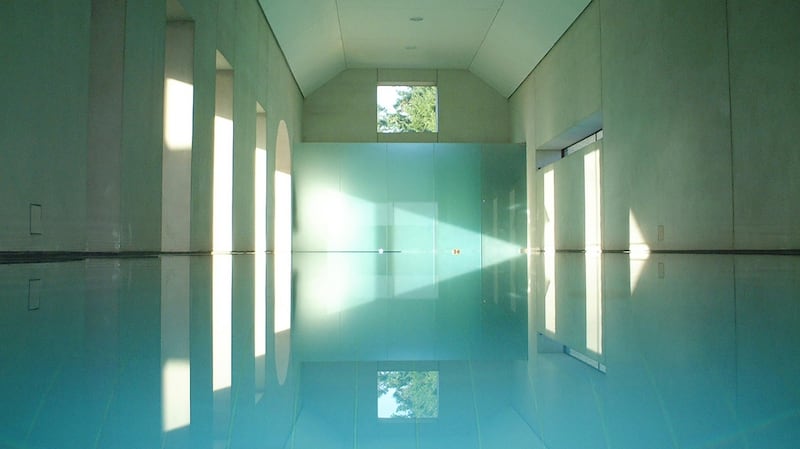
“It was one of those country house muddles,” remembers Rod, but neither he nor Ros were daunted. It helps that he is a highly successful graphic designer, and Ros, who formerly worked in fashion and design, an artist. Together their keenly talented eyes, attention to detail, and good contacts, have created an extraordinary home on the banks of the Blackwater river.
Rod had set up Springetts, an award-winning London-based graphic design agency, back in the 1970s. After he had sold it on, he and Ros were looking for something new. Hearing them talk about their ideal location, a friend said “what you’re describing sounds like Ireland”. In fact, Ros has an Irish background, and the couple immediately fitted in, loving “the freedom, the countryside, the friendliness”.
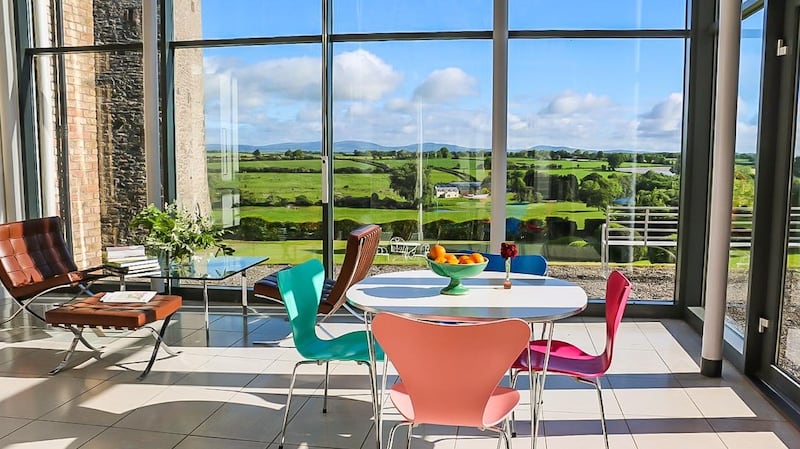
It's a friendliness that the Springetts have embraced with open arms, including with Justin and Jenny Green at Ballyvolane House. Rod designed the label for their Bertha's Revenge Gin, which was recently presented to Prince Charles, when he stayed at Ballyvolane with Camilla.
Researching the site at Carrigacunna, Rod discovered that the original farmhouse had faced the river. “It’s a lovely little building, which is now our kitchen and the flat above,” Rod explains, describing how the Georgian family who later came had built their house in front, and created the avenue to face the village. “They changed the whole bias of the house, so we tried to change it back to the river.”
Glass atrium
Their solution was ingenious. Working with architect Simon Templeton, who they had met through their friend, Sir Nicholas Grimshaw, they maintained the avenue and Georgian entrance, but added a glass atrium, connecting the older part of the house with the Georgian, and giving a gorgeous vista on to the river. "We tried to save the really good bits, architecturally," says Rod. "When you come in to the front it's Georgian, it might be pared back, but nothing good was taken out of it. Then, when you come into the back, it's modern."
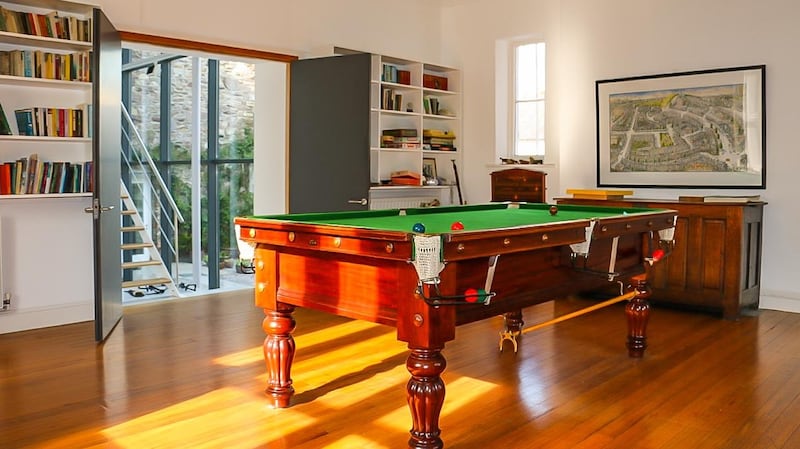
The two parts blend well, knitted together with materials, light, proportion, and also the Springett’s clever eye for mixing periods. “We try to combine the traditional and the modern,” agrees Rod. “With architecture, and with furniture. We’re not good at faking it. In the Georgian part, the ceilings dictate the use of the rooms. We didn’t want or need to put in fitted wardrobes in the bedrooms, because of the ornate ceilings.”
When the couple bought Carrigacunna, one of their sons, Matthew, was studying architecture. He has since gone on to run his own award-winning practice. Once qualified, Matthew worked on the next addition to the house, a gorgeous, contemporary, light-filled 15m swimming pool in the old stable block. “It was fun to work with him,” recalls Rod. “But it was more difficult than one thinks. It is far harder to convert and conserve an old building than build a new one.”
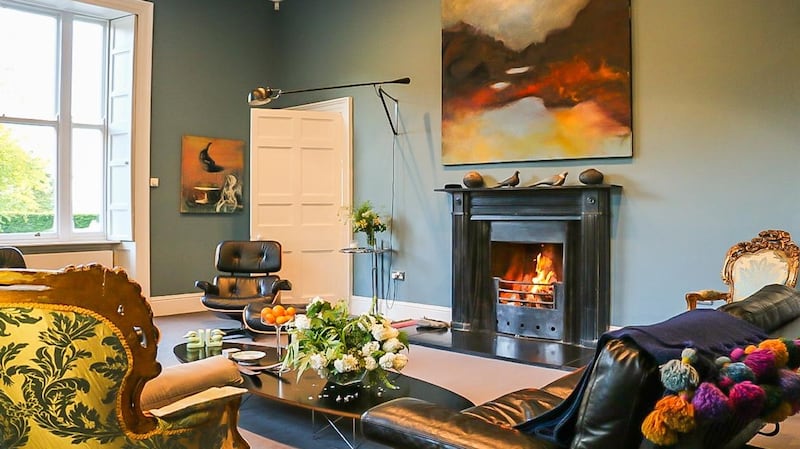
And Rod should know, because once the house was complete, he turned his attention to the 16th-century tower house that presides over the banks of the Blackwater. "I said to Ros I knew I'd have to do it some day," he recalls. Teaching himself about working with lime and original materials, he has restored the building to a graceful and atmospheric space, which the family use for dinners and fishing lunches – the Blackwater being one of the finest salmon rivers in Ireland. Carrigacunna has about three-quarters of a mile of it.
Victorian conservatory
Meanwhile, Ros was working on the grounds, restoring the walled garden and Victorian conservatory, creating flower and vegetable beds, so that the family can dine on their own produce all summer long. Together the couple also got involved in forestry, putting some of the 50 acres (20ha) of land back to indigenous forestry. The results have brought foxgloves, kestrels, red squirrels and other native flora and fauna back to the area.
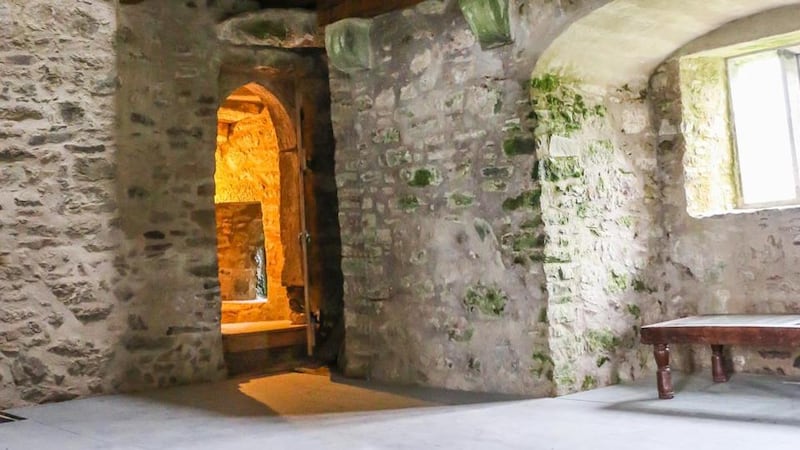
The house itself is very spacious, with 705sq m (7,585sq ft) of accommodation. Add to this an adjacent apartment and gate lodge (ideal for rental income, particularly with the spectacular fishing), outbuildings and castle and you have a total accommodation of 1,508sq m (16,277sq ft). The castle is fully wired and plumbed. In the main house, elegant reception rooms include a dining room, drawing room, billiard room (with access to the swimming pool), kitchen, atrium and sun room. Upstairs are three large bedrooms, all en-suite, and a studio, plus a further one-bed apartment. Original plans suggested seven bedrooms, but the family opted for generosity – and fabulous bathrooms – instead.
The couple are downsizing, but staying in Ireland. “It’s in our blood, I don’t see us leaving it,” agrees Rod. It must be a wrench to leave the house, each room bearing the couple’s stamp of perfectly balanced period features with contemporary touches, such as the floating shelves that sit cleanly beside the ornate fireplace in the dining room; or the cosy, welcoming kitchen, with its Aga, opening to the drama of the glass atrium.
The apartment has its own kitchen and one bedroom, and the charming gate lodge has two bedrooms. Ten minutes from Mallow, and 40 from Cork city, Carrigacunna is for sale with joint agents Sotheby’s, where David Ashmore is handling enquiries, and Michael H Daniels, for €1.85 million. With this much history, and the beautiful space, so elegantly and lovingly restored by a family with such an evident keen eye for design, it’s a must-see. But be warned, like the Springetts, you could find yourself falling in love with the place, before you’ve even made it to the end of the avenue.








